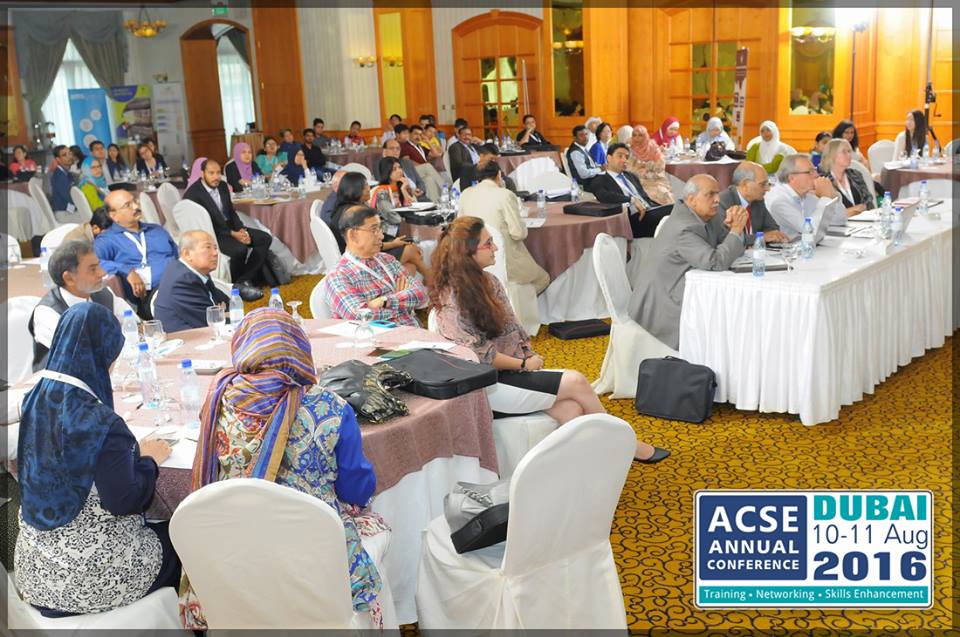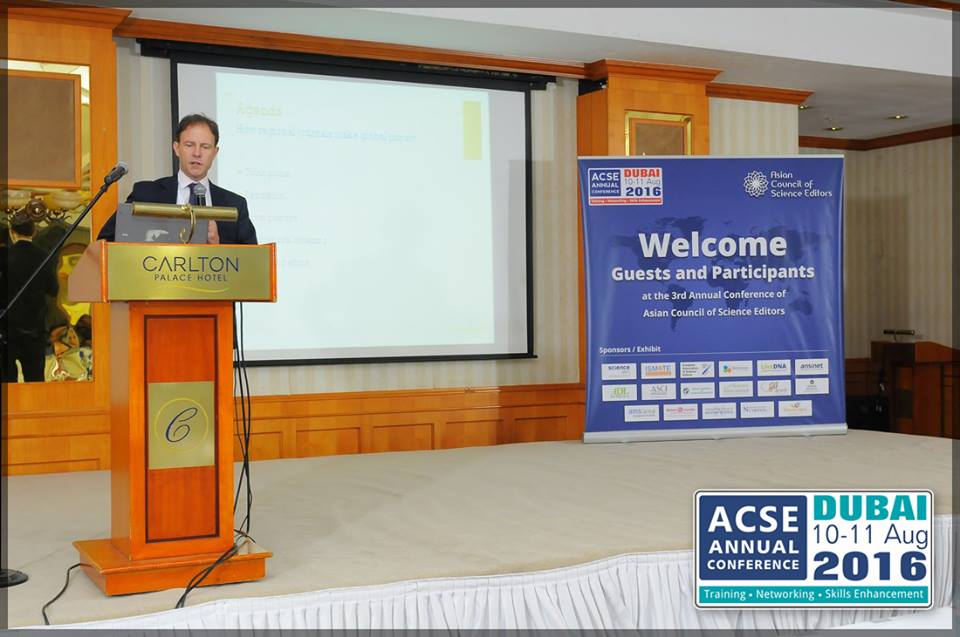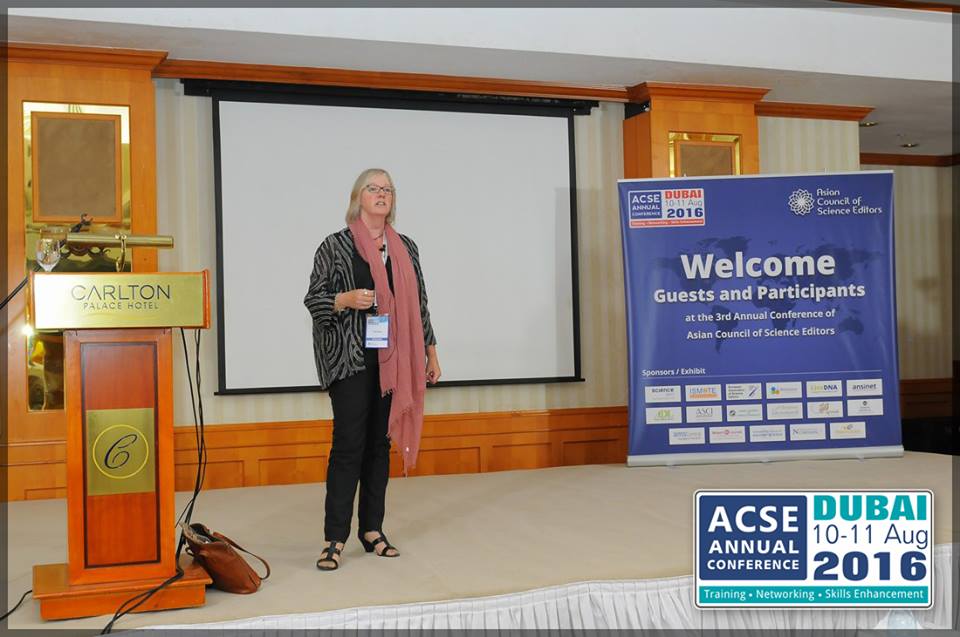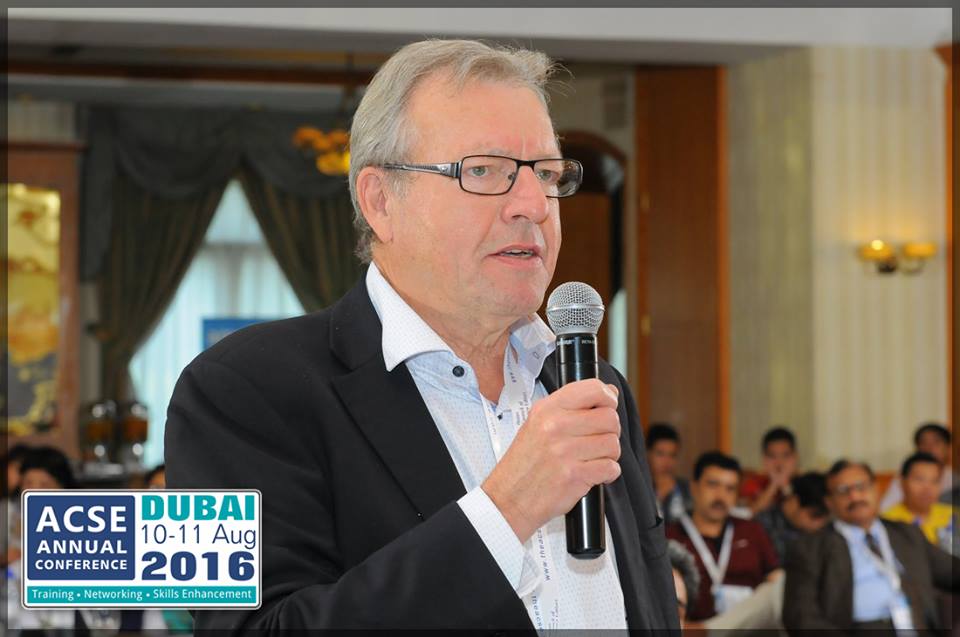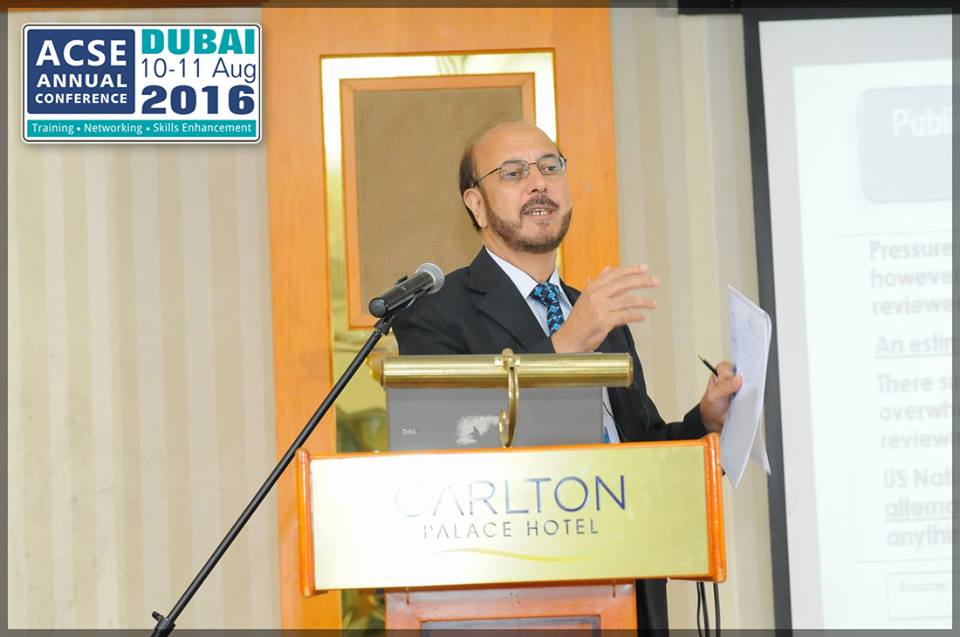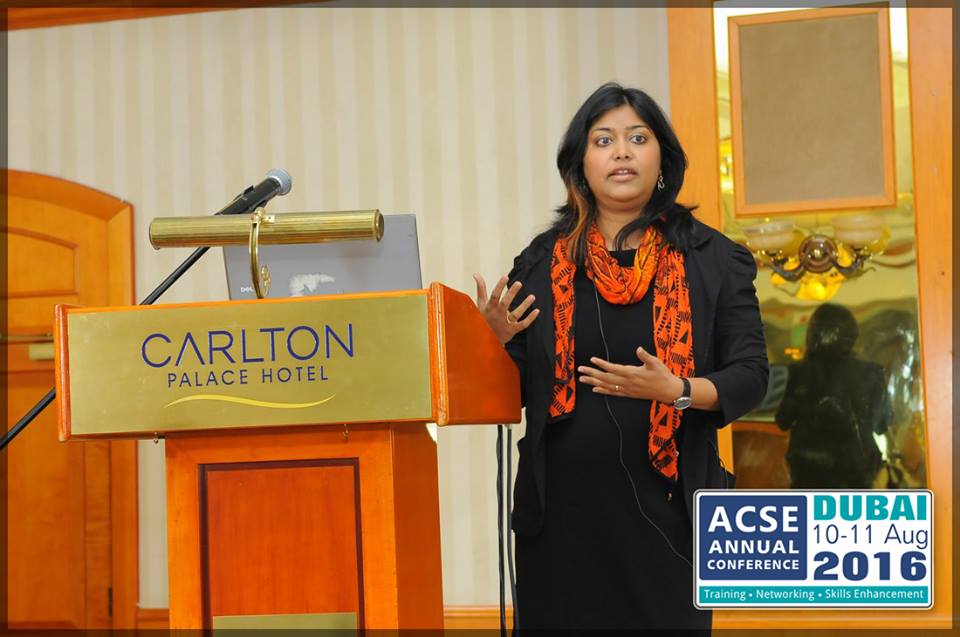[This content was created for Wolters Kluwer’s author newsletter Author Resource Review and has been republished with permission. It has been authored by Deborah A. Chyun and Susan Henly.
Deborah A. Chyun, PhD, RN, FAHA, FAAN, is the Associate Editor of Nursing Research, published by Wolters Kluwer Health. She is also the Executive Associate Dean and Dr. John W. Rowe Professor in Successful Aging at New York University Rory Myers School of Nursing.
Susan J. Henly, PhD, RN, FAAN is Editor of Nursing Research and Professor Emerita, University of Minnesota. Her research interests are psychometric methods for nursing research and health over time (health trajectories). She is the Editor of the Routledge International Handbook of Advanced Quantitative Methods in Nursing Research.]
Aspiring scholars rightly recognize publication of their first peer-reviewed paper as a critical career milestone. It signals active engagement with the discourse in a field and contribution to the body of knowledge. As editors, we celebrate along with those who receive a decision letter beginning with “Congratulations!”, even as we also applaud the efforts of all students advancing into the publication arena with query letters and first submitted papers.
Student and trainee publication is thrilling in a positive way when it is successful but, in many cases, is also fraught with challenges and pitfalls. Inexperience and competing interests in the high-stakes endeavor of academic publishing can generate a quivering of negative emotion when the process goes awry. As editors, we see the gamut of beginning publication experiences. Our purpose in writing these editorial comments is to provide information about some common issues and guidance about how to best approach them to engender a positive experience.
Learning about publication
Publication is central to the larger process of scientific communication. The communication process continues to include traditional seminars, colloquia, and conference proceedings1 but has now been extended to include dissemination via e-journal sites, aggregator sites, and digital libraries and archives.2 Across all these activities, the key concept is communication, the exchange of information that allows accumulation and use of new knowledge within and between disciplines. Author/investigators communicate with scientists from the past when they read and cite seminal articles or catalogue and critique the history of an idea in a review of literature, they share ideas with their contemporaries in face-to-face venues and current contents of journals, and they convey their ideas and accomplishments to future scientists in their field when their papers are published. New scholars benefit from front-of-mind awareness of these communication dynamics when they compose their papers.
Scientific communication is a competitive endeavor, where writers jockey for space in journals and the attention of readers. Naturally, success in joining the scientific dialogue by publishing a peer-reviewed paper requires knowing the nuts and bolts of the process. A good idea and the skill to communicate it in writing are essential. As in other spheres of life, enjoyment of the activity eases the labor, and practice improves performance.3 Consistent with the American Association of Colleges of Nursing4 curricular elements for PhD programs, most PhD programs in the United States require that students obtain competence in scholarly tools involving speaking and writing for dissemination.5 Skills can be learned in a formal classroom setting or as part of research practica or assistantships, where students and trainees work with investigators to develop ideas and write papers arising from their joint work on a research project. Students and trainees also learn about writing and taking part in the dissemination process as part of a hidden curriculum, where they receive unwritten, unofficial, and sometimes unintended lessons about the values and perspectives of a group such as a community of scientists.6 The hidden curriculum conveys expectations about rigor, originality, and ethics in scientific work; transparency in communication with editors and responses to reviewer comments; fairness in allocation of authorship credit; and linkages among publication, application for grant support, and promotion in academic positions. In the best situations, the formal and hidden curricula impress a discipline of the mind needed for careful, accurate, original scientific work throughout a student’s career. In unfavorable situations, students learn that “successful” competition is the be all and end all of scientific publishing; regrettably, this perspective may be associated with lack of transparency in communications, irregularities in allotting authorship credit, and salami publishing (where the “winner” is the author with the most articles).
Writing to learn, learning to write for publication
Students and trainees write many papers during the course of their academic careers. Many times, assignments are designed to facilitate student learning about a topic, a research method, or a dissemination component (e.g., literature review). Not all papers are suitable for publication. For example, the Information for Authors for Nursing Outlook states that “papers written to meet course requirements are not accepted unless they have been edited and conform to the mission and scope of Nursing Outlook.”7 This is a reasonable and clear expectation arising from differences in the objectives when writing to learn compared with writing for research publication.
An assignment to “write a paper for publication” offers the opportunity to dissect the anatomy of a scientific paper. Nursing scientists publish in a variety of literatures, which creates the additional challenge of learning to write following multiple styles of scientific writing defined by diverse publication manuals such as the American Psychological Association’s Publication Guideline8 and the International Committee of Medical Journal Editors’ Recommendations,9 for example. The anatomy of papers written using these styles is very different, especially in terms of presentation of the argument and evidence for the research being reported and the preparation of citations to the literature. Styles should not be mixed. Regardless of style, learning to write an informative title is critical. Titles should be concise and informative; often, the methodology should be included. Clever or funny titles should be avoided. It is helpful to learn to use MeSH keywords (www.nlm.nih.gov/mesh/MBrowser.html) in titles. Well-written titles aid discoverability of a published work and entice readers to delve more deeply into a paper. Whatever referencing format is used, the Publication Manual of the American Psychological Association should be required reading for all PhD students; Chapter 2 titled “Manuscript Structure and Content” is especially helpful.8 When papers written to learn to write for publication address significant topics, have potential to add to the literature, match the editorial mission of a journal, and are prepared following instructions for authors, they may be submitted for peer review and consideration for publication.
Authorship
Authorship is defined as “not only those who do the actual writing but also those who have made substantial scientific contributions to a study.”8 Authorship poses many challenges for new scholars, both in regard to who they should include on their publications as well as when and where they should be included on someone else’s manuscript. The question often arises in relation to a dissertation committee being included as authors. In most instances, provided that they are an active member of the core dissertation committee, authorship would be appropriate. Internal or external readers may or may not be suitable to include, depending on the level of involvement and feedback. Students and new scholars often have opportunities to work with more senior faculty or researchers on a manuscript or study, and here, they should be clear on their role early on in the project. Will they make a contribution to justify authorship, and if so, where in the order of authors will their name appear? Principal authorship and the ordering of other authors should be determined by the contribution that everyone has made, with the person who has made the primary contribution being listed first.8 In terms of the dissertation, if the work is “an independent and original contribution devised by the student,” the student should be listed first on all subsequent papers.8 In all instances, the scholar should make authorship order clear, along with the expectations of everyone on the team to maintain authorship. It should be understood, however, that levels of contribution may change and this may have implications for authorship order.
Dissertations
The traditional four- or five-chapter dissertation serves to organize and comprehensively present all aspects of the research project, showing that the student has synthesized the available literature, identified the knowledge gap/problem to be studied, developed questions/aims, detailed appropriate methods to address the problem under study, presented the results of the data analyzed, and discussed the findings in light of other research findings, along the implications for clinical practice, policy, and further research. The dissertation should serve as the basis for subsequent dissemination, usually in the form of one or more manuscripts. The problem is that, often, these dissertation-related manuscripts are never developed for a variety of reasons. Research is meant to be disseminated; in fact, there is an ethical imperative to disseminate results. In an attempt to assure that research findings are shared so that they can then contribute to further knowledge development, many PhD programs are now providing a three-paper option rather than the traditional dissertation format. In addition, other formats have been suggested such as digital dissertations that engage the reader or intended audience.10
The limitations of a “single dissertation” publication are many and support the acceptance of the three-paper option. The underlying literature review is often worthy of publication in its own right. When it appears as part of one research article, it has been so shortened by space constraints that valuable insights are lost. Innovative methods, including analytical approaches, can also experience the same fate, and frequently, study findings cannot be adequately presented in a single paper. Students should be encouraged and assisted in developing these manuscripts, and when the three-paper option is not appropriate, publication of the dissertation findings should still be the expectation.
In considering the three-paper option, option is the key word. Not all dissertations will be suitable for this approach. In deciding on which option is right for the individual student, in addition to the characteristics of the dissertation, student ability must be taken into account. Reducing the traditional dissertation into a publishable manuscript has proven difficult for many students, and “skipping” the step of having all the elements in one cohesive whole is not going to simplify that process. Even if the research problem under study is amenable to a three-paper option, this may not be the best approach for all students. Careful consideration must be made, and the manuscript option must be individually evaluated for each student. PhD programs vary widely in the mentorship experiences provided to students with regard to writing and publication. Requiring that one or more manuscripts be accepted for publication before graduation demands that learning opportunities and adequate support are provided to students throughout their course of study. It is not the journal’s responsibility to transform a poorly written manuscript into a publishable paper so that the student can graduate. This is the responsibility of the student, the dissertation committee, the PhD program, and the program’s faculty. This process begins on admission with assessment of the student’s writing ability and continues throughout course work where writing should be stressed and detailed feedback should be provided on all writing assignments and opportunities for revision of course and/or candidacy papers. Students also learn to write by critiquing the work of others, so that in addition to stressing critique of published literature, opportunities for mock reviews of grants or critique of other student papers provide helpful learning opportunities, as do publishing opportunities with faculty. Nursing Research’s Open Manuscript Review provides a learning opportunity for both faculty and students to see how peer-review process assists in manuscript development. Advanced PhD students and postdoctoral trainees can gain invaluable experience by participating in peer review of papers submitted to research journals, and journals and authors/investigators also benefit from insights of new voices with recent, cutting-edge research training. At Nursing Research, new scholars are invited to serve on the review panel once they have been first author on a published paper. In addition, Nursing Research reviewers may involve predoctoral students and postdoctoral trainees in manuscript reviews as long as permission of the editor is obtained in advance and the protocol posted in the Reviewer Guidelines is followed (for Reviewer Guidelines, see http://journals.lww.com/nursingresearchonline/Pages/reviewerguidelines.aspx).
Academic requirements and journal priorities
Requiring publication of manuscripts, regardless of whether they are related to the dissertation, has somewhat shifted responsibility for the student’s success to journal editors and reviewers. This needs to be reframed, and cautions about requiring journal acceptance need to be acknowledged. Journals, and research journals in particular, publish cutting-edge, high-quality research consistent with their mission and of interest to their readers. Topics important to the student and their dissertation committee may not be of interest to journals. The dissertation is usually the beginning of one’s research career, and the product may not be suitable for publication. Lack of adequate funding may not allow the student to attain a large enough sample size or other necessary methodological requirements. Doctoral research is, after all, a learning experience. (Reviews are available at http://journals.lww.com/nursingresearchonline/Pages/openmanuscriptreview.aspx.) We also all know that it is difficult to get papers with nonsignificant findings published. What happens in this case, as the decision of what type of dissertation product to produce, is made well before results are available. From an academic standpoint, should there be distinction between journals in which students would be allowed to publish? Will Open Access, impact factors, and other types of ratings be a consideration? Should they be? What are the criteria—submission versus acceptance versus publication? Academic requirements may not always be consistent with journal priorities and timelines. Academic requirements need to take publishing considerations into account, particularly time and the need for multiple revisions before acceptance. Journals do not publish papers to accommodate academic calendars and meet student deadlines. Many journals provide an opportunity for shorter, brief research reports. These may be more suitable for dissertation findings, yet will these be acceptable from an academic standpoint? (At Nursing Research, brief reports are peer reviewed and, if published, are indexed like regular articles.) It is rare that any paper is accepted for publication on first submission. How will student authors reconcile reviewer recommendations with those of the dissertation committee when there are conflicts?
Communicating with the editor
Submission of a paper involves communication with the journal editor. Queries, submission letters, responses to critiques, and questions should have a professional tone. As these documents are prepared, awareness of the roles and responsibilities of editors is helpful to know. Editors select content, oversee the editorial office, manage peer review for accurate and fair appraisal of submissions, and ensure the integrity of the scientific record; these responsibilities are the foundation for concerns that editors raise in correspondence. Many editors like to receive queries before submission (we do at Nursing Research) because they allow us to provide developmental feedback to authors and plan for peer review. Queries should include a proposed title for a paper, authors, and a structured abstract. Letters to the editor included with manuscript submissions should address issues including approval of the protocol by relevant institutional review boards or institutional animal care and use committees; conflicts of interest; and a complete list of all other papers published, in press, or under review based on the same research database as the submission. Our view is that it is helpful to know that a submission is based on new scholar research because it aids in understanding issues that may arise, especially related to authorship, but the information is not used in any way as a criterion for publication. Questions often arise during the review of a manuscript, so editors query authors to obtain relevant information. A query from an editor should be answered in a straightforward manner so that questions can be answered and issues can be resolved.
As editors, we are excited at the prospect of having more high-quality manuscripts submitted and having a role in developing future nursing scientists. It is critical, however, that PhD faculty and programs provide the needed student support to adequately prepare them for publication. We are committed to advancing nursing science and working collaboratively with students, while keeping in mind the different roles of faculty advisors/mentors and the dissertation committee and that of journal editors and reviewers. We look forward to hearing from new scholars about their research and engaging with them in the publication process.
REFERENCES
1. Garvey, W. D., & Griffith, B. C. (1972). Communication and information processing within scientific disciplines: Empirical findings for psychology. Information Storage and Retrieval, 8, 123–136.
2. Hurd, J. M. (2000). The transformation of scientific communication: A model for 2020. Journal of the American Society for Information Science, 51, 1279–1283.
3. Saver, C. (2014) Anatomy of writing for publication for Nurses (2nd ed). Indianapolis, IN: Sigma Theta Tau International.
4. American Association of Colleges of Nursing. (2010). The research-focused doctoral program in nursing: pathways to excellence. Retrieved from http://www.aacn.nche.edu/education-resources/PhDPosition.pdf
5. Wyman, J. F.,& Henly, S. J. PhD programs in nursing in the United States: Visibility of AACN core curricular elements and emerging areas of science. Nursing Outlook, 63(4), 390-397.
6. The Glossary of Education Reform. (2015). Hidden curriculum. Retrieved from http://edglossary.org/hidden-curriculum
7. Nursing Outlook. (2015). Editorial policies. Retrieved from http://www.nursingoutlook.org/content/authorinfo
8. American Psychological Association. (2010). Publication manual of the American Psychological Association (6th ed). Washington, DC: Author.
9. International Committee of Medical Journal Editors. (2014). Recommendations for the conduct, reporting, editing, and publication of scholarly work in medical journals. Retrieved from http://www.icmje.org/recommendations
10. Morton, P. G. (2015). What is the future of the PhD dissertation? [Editorial]. Journal of Professional Nursing, 31, 1–2.
Reprinted from Nursing Research: July/August 2015 - Volume 64 - Issue 4 - p 231-234.














